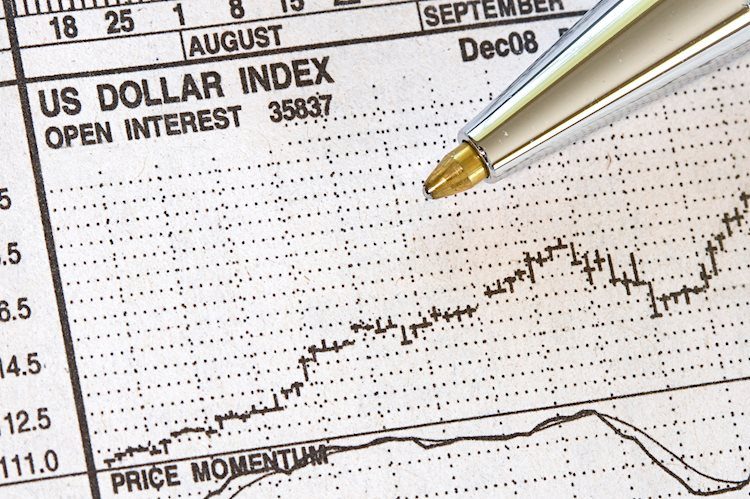The US Dollar has seen some ups and downs recently, with the Greenback giving up its earlier gains against the Chinese Yuan and the Japanese Yen. The US Dollar Index has been trading near 105.00 and flirting with a potential break below. Traders are piling back into trades and betting that the US Federal Reserve will cut rates sooner rather than later. Despite last week’s missed estimates in the US Jobs Reports, labor market conditions still appear to be strong. This week may be light in terms of economic data releases, but Federal Reserve speakers are expected to provide insight into the interest-rate outlook.
Looking at the market movers around the world, reports from the Gaza region have been making headlines. Egypt has fortified its Northern border near Gaza, Hamas has frozen current hostage and ceasefire negotiations, and Israel has begun a new offensive in Rafah. The Japanese Yen and the Chinese Yuan were both depreciating, but sentiment is changing ahead of the US trading session. Israel’s Prime Minister has expressed willingness to agree to a ceasefire to exchange hostages, but not a lasting ceasefire. Global leaders have criticized Israel’s recent attacks on Rafah, leading to civilians fleeing the area.
The US Treasury is set to auction a 3-month and 6-month bill, while Federal Reserve speakers are scheduled to deliver speeches. The Senior Loan Officer Survey (SLOOS) will be released by the Fed, which could impact interest-rate decisions. US equities are trading higher, with the Nasdaq leading the way. The CME Fedwatch Tool suggests a high probability that there will be no change to the Federal Reserve’s fed fund rate in June. The benchmark 10-year US Treasury Note has been trading around 4.50%.
In terms of technical analysis, the US Dollar Index had a rough ride last week but has bounced back from key support levels. Recovery targets include 105.52, 106.52, and 107.35, with support levels at 104.52, 104.23, and 103.86. The Federal Reserve plays a key role in shaping US monetary policy, with the primary goal of achieving price stability and fostering full employment. Interest rate adjustments are the main tool used to achieve these goals. In certain situations, the Fed may resort to policies such as Quantitative Easing (QE) or Quantitative Tightening (QT) to influence the value of the US Dollar. QE involves increasing credit flow in the financial system, weakening the Dollar, while QT involves reducing the flow of credit, typically strengthening the Dollar.































